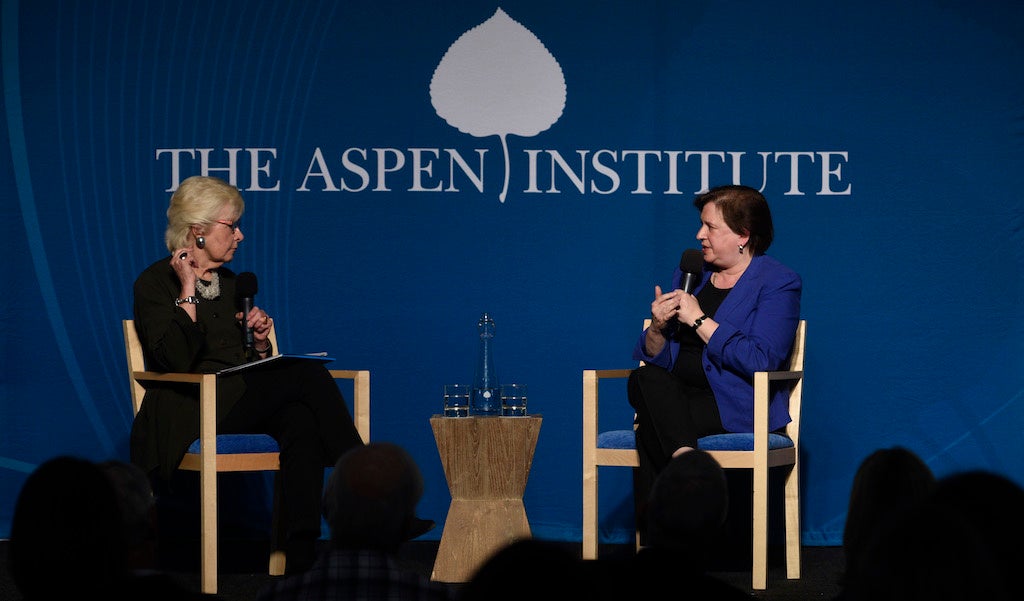
Two Supreme Court justices spoke in Aspen this summer, Elena Kagan and Ruth Bader Ginsburg, aiming to leave audiences with faith and confidence in the American judiciary in these roller-coaster political times. For the inaugural event of the Sandra Day O’Connor Conversation Series, Kagan provided insight into the challenge the Court faced after Justice Antonin Scalia’s sudden death, in February 2016. For more than a year, the Court had an eight-member body, until Justice Neil Gorsuch was sworn in to fill the vacancy in April. That nearly two-term period had a silver lining, Kagan explained: the eight remaining justices stayed committed to doing their job, which is to decide cases. “Every four-four decision, where we throw up our hands and uphold the decision of the lower court, is a failure on the part of the Court,” she said. “So we worked very hard to reach consensus and to find ways to agree that might not have been very obvious. I hope we continue to go the extra mile to build bridges across sdifferences and to develop more consensus.” At a time when many are discouraged about US democracy, Ginsburg said wryly, “Of all three branches, the judiciary comes out way ahead.”